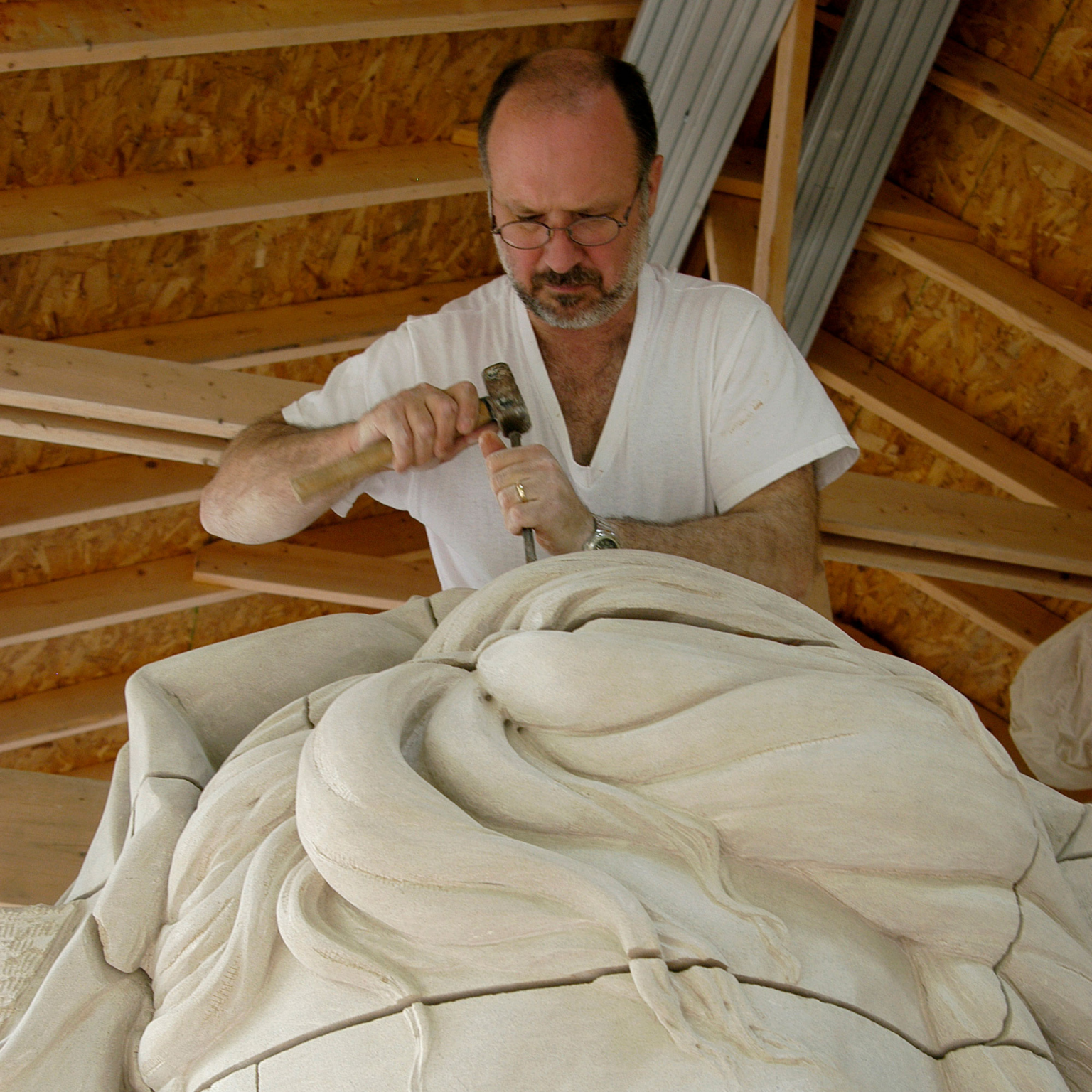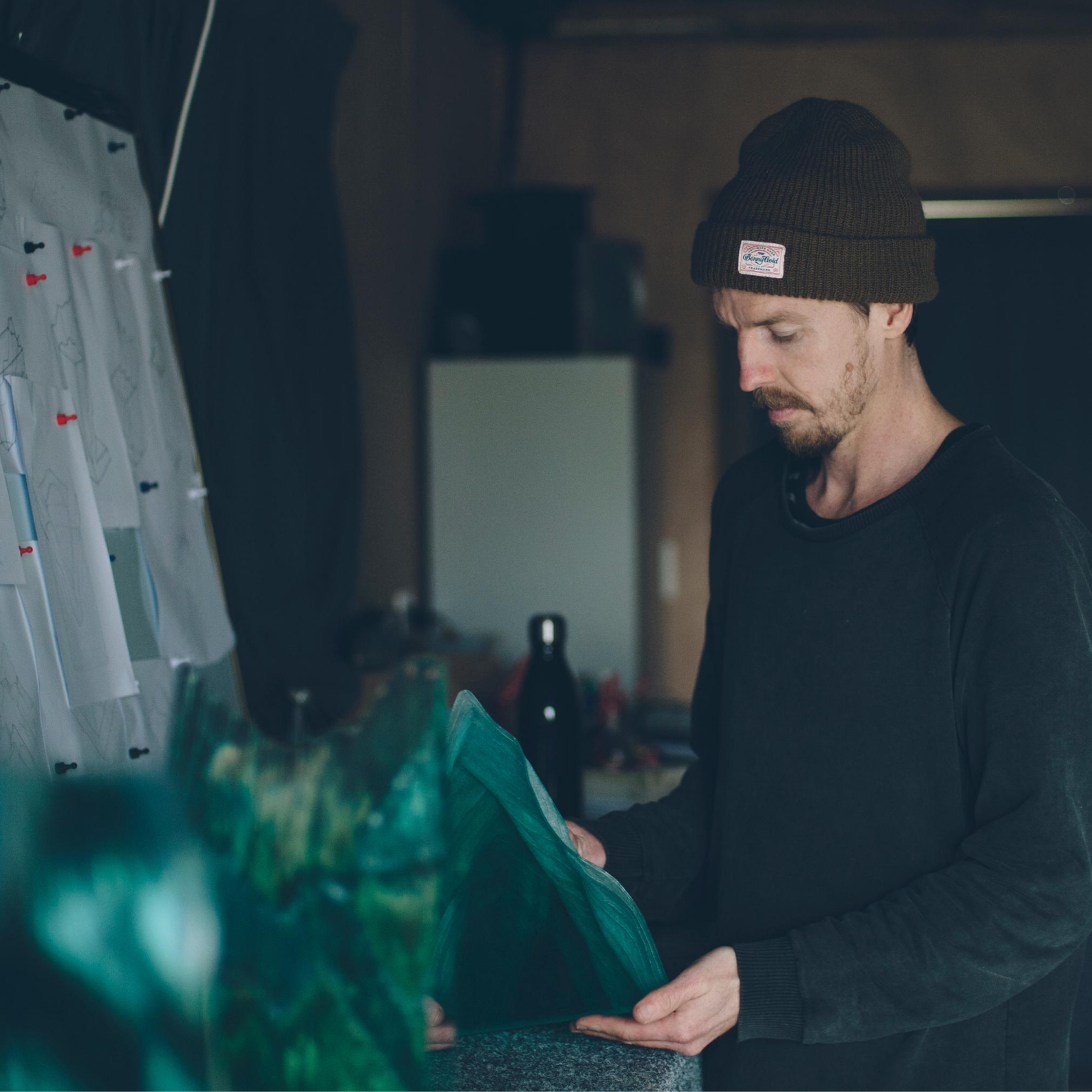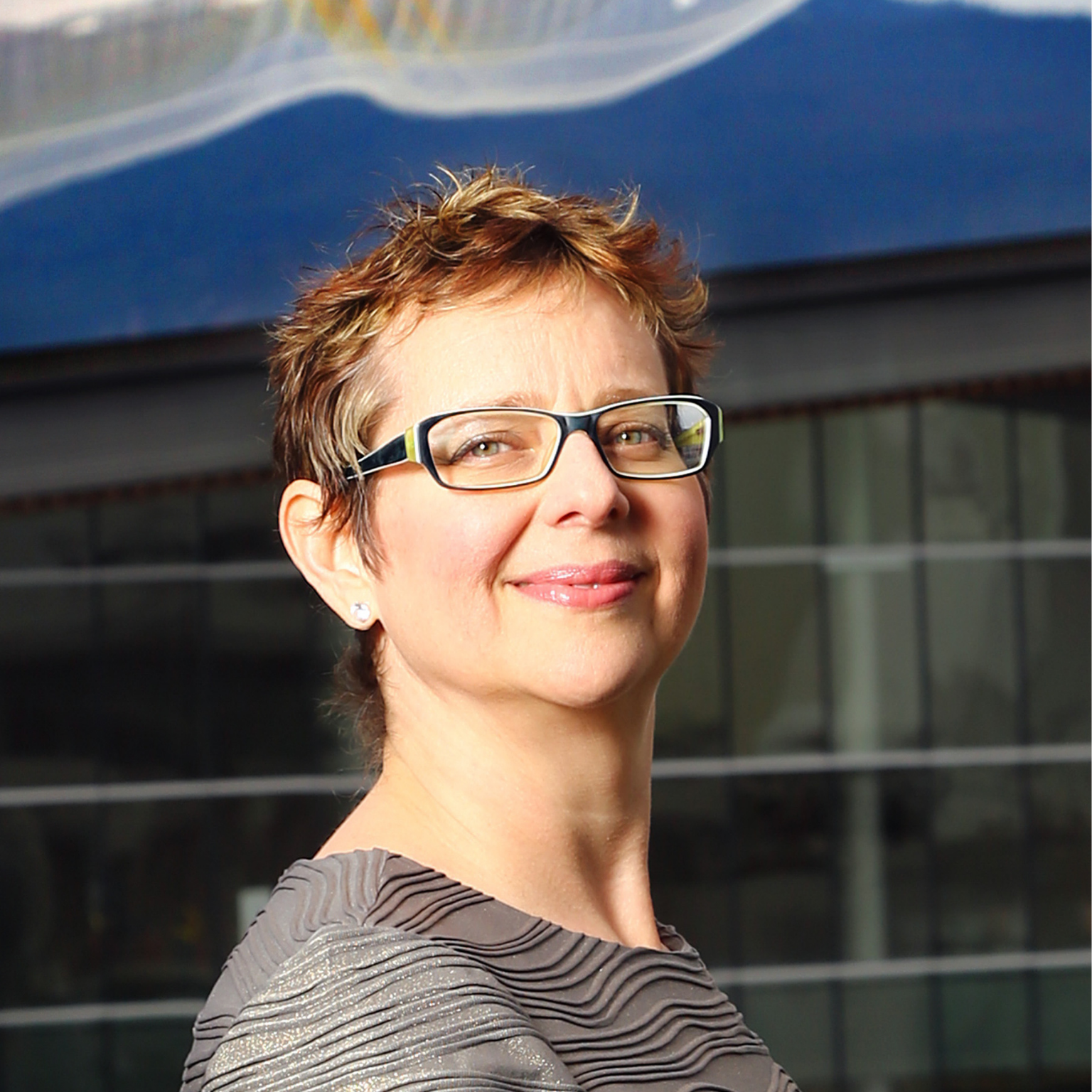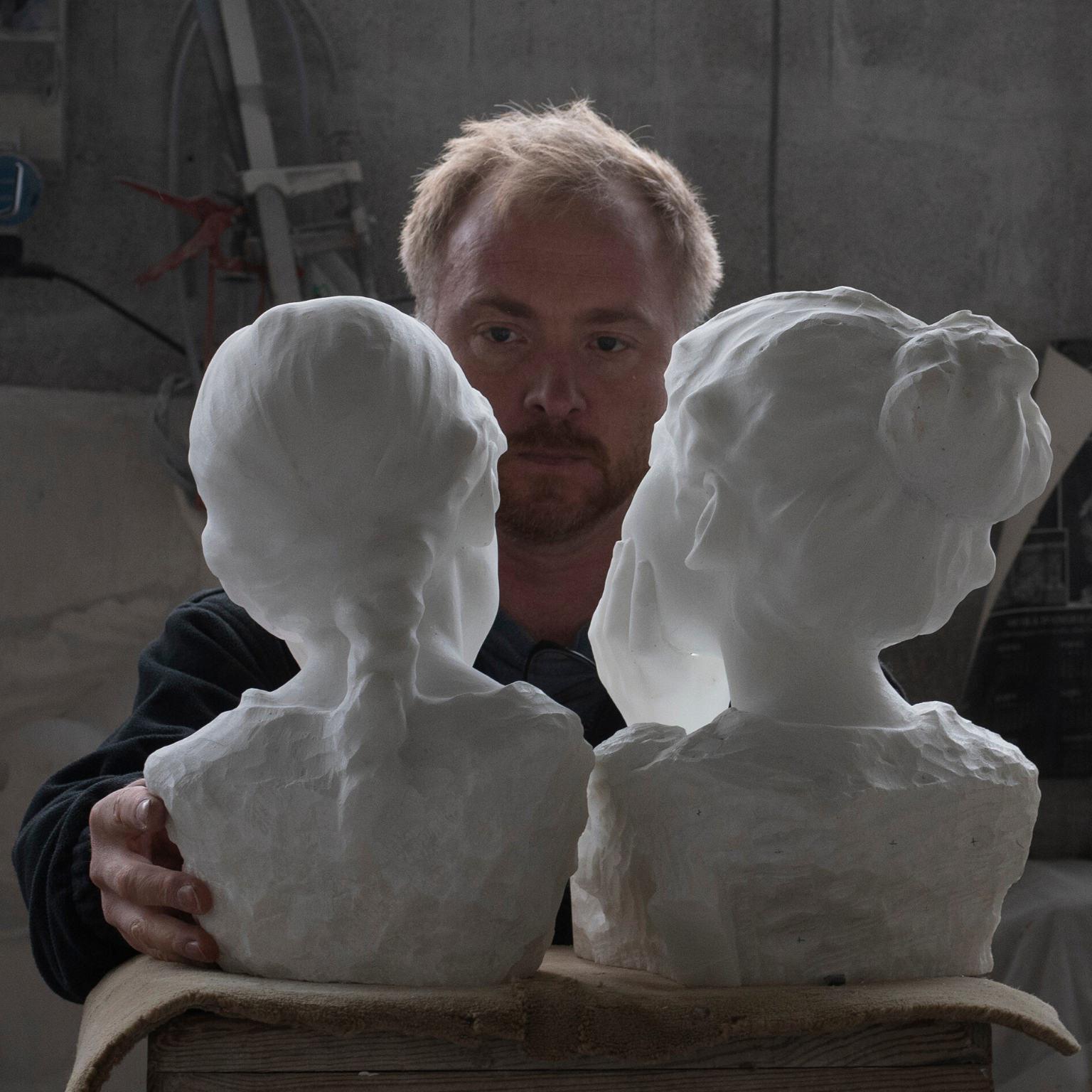Philippe Faraut, sculptor from the United States. Photo © Courtesy of the artist
1.Tell us what you do and your beginnings.
I am a sculptor originally born in France but living in New York for the last 30 years. My wife Charisse and I are running PCF Studios, a company specializing in creating sculptures, in addition to reference materials, tools, books, videos and online programs for other sculptors. We started in the early nineties, with the creation of porcelain dolls and figurines for the collectible industry.
I was in charge of the sculpting, mold making and the porcelain production and Charisse was the designer, and in charge of painting and assembling. At the time, porcelain work was considered as a craft rather than an art. It was a labor intensive business that required precision and a tremendous amount of sculpting hours, which provided me a training for modeling faces, hands and feet that I could not have received in any art school.
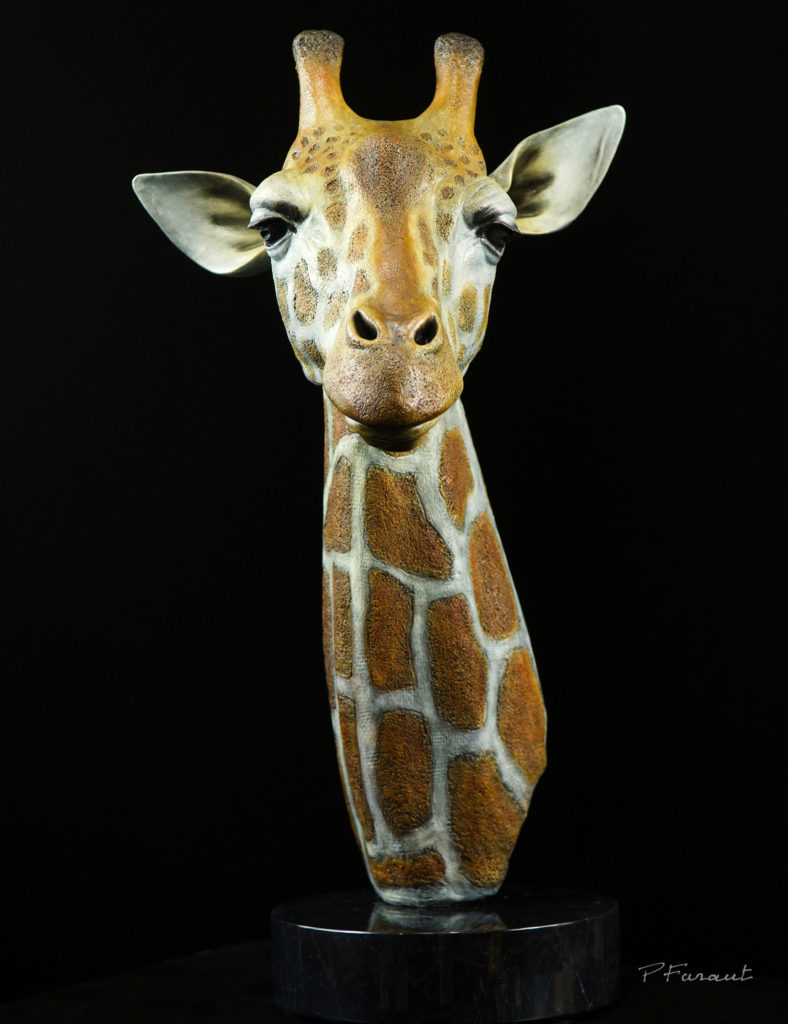
Pandemic Giraffe Hope 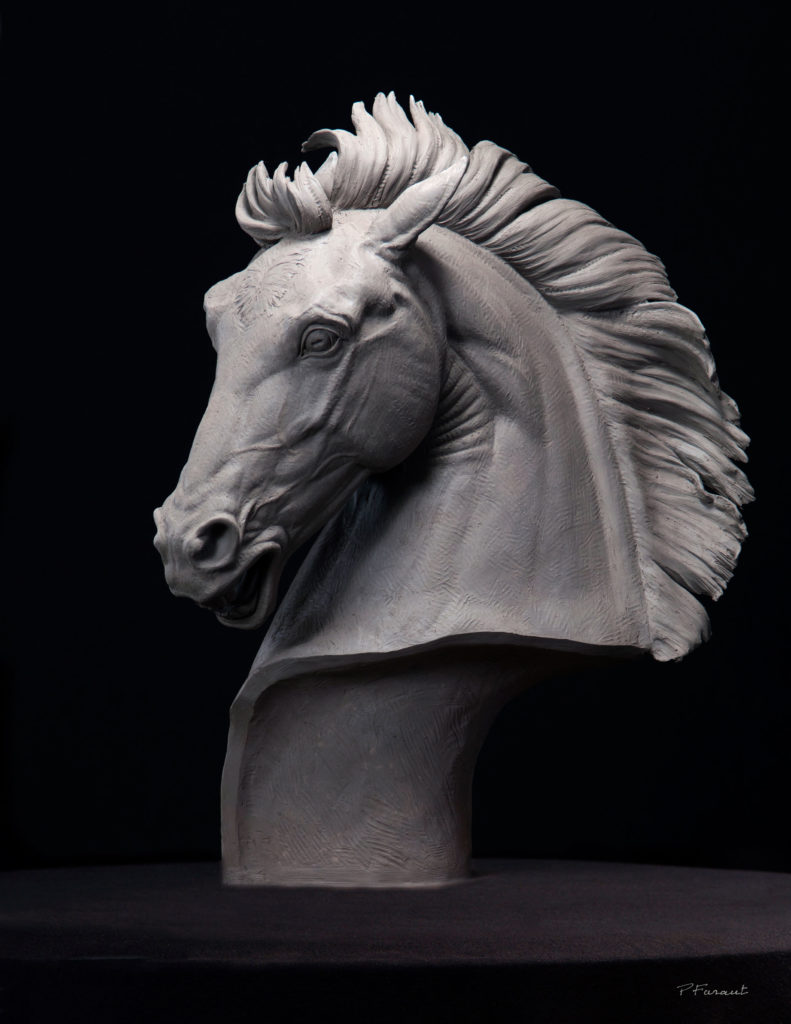
Stallion
Even though I was sculpting hundreds of doll heads and many figurines, I did not at the time, think that my skills as a sculptor were particularly impressive and I was not interested in getting into more recognized art or classical forms.
Aside from producing porcelain products I was teaching intensively and already creating instructional material for my students, which lead me with Charisse’s help and expertise to the publishing of our first book on modeling the portrait. Decades later, when I look back, I realize that my humble beginnings as a doll maker, really was the foundation of my skills and my passion for human faces.
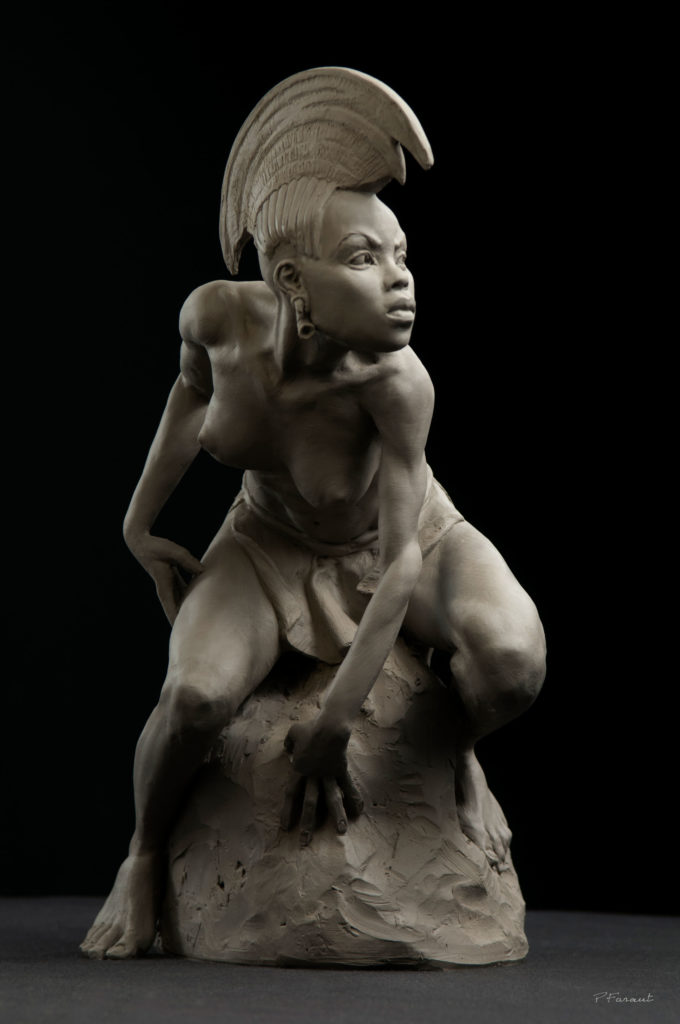
Fulani 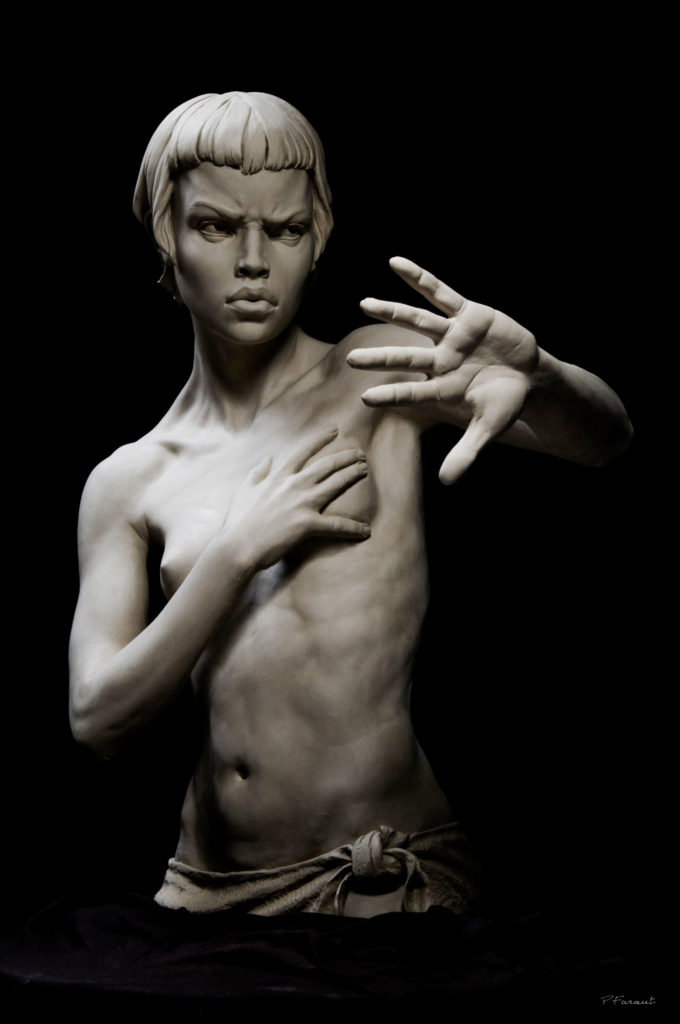
Nyet 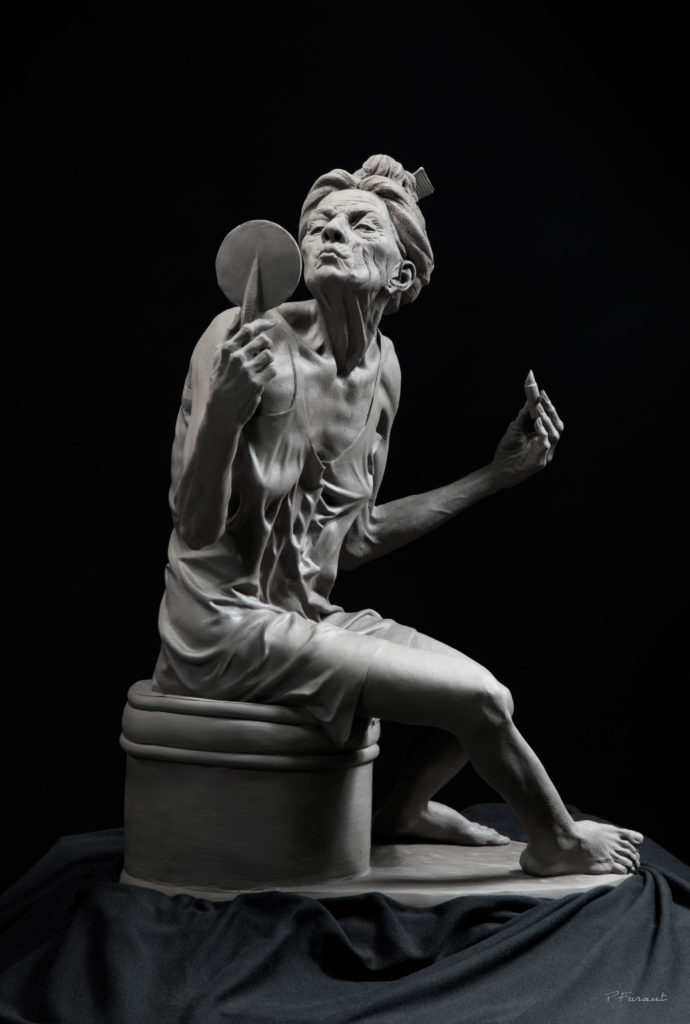
Lipstick
Charisse and I stopped working in the collectible industry years ago but continued to publish instructional books and material for artists, producing a quantity of anatomical studies of the human body and several of animals as well. In the late nineties I also started creating sculptures in bronze, clay and marble for collectors in the US and abroad.
The past twenty years have been a succession of sculpting projects in several media mostly for private clients but also in several industries such as forensic reconstruction, anaplastology (facial prosthetic implants) and cosmetics.
2.What does your work aim to say?
My work is predominately focused on representing human emotions through facial expressions and body language. It is a personal experiment in shifting volumes on the facial topography until I find the subtleties that depict the personalities of my models. My goal is to capture a moment in the ever-changing emotions broadcast through expressions.
3.Where do you find inspiration for your art?
Inspiration for me comes most often from people that I meet by chance. In fact, at this point in my life, my sculpting projects have become perhaps somewhat selfish. I do not wish to do public work or portraits for clients anymore. I am always searching for potential models regardless of where I am. If I find a candidate, Charisse or I approach him or her and try to hire them to sit for me. It is not often as successful as I would like, as frequently people are too busy, weary or simply not interested. I have many times been extremely disappointed by being denied the opportunity to model an inspiring face.
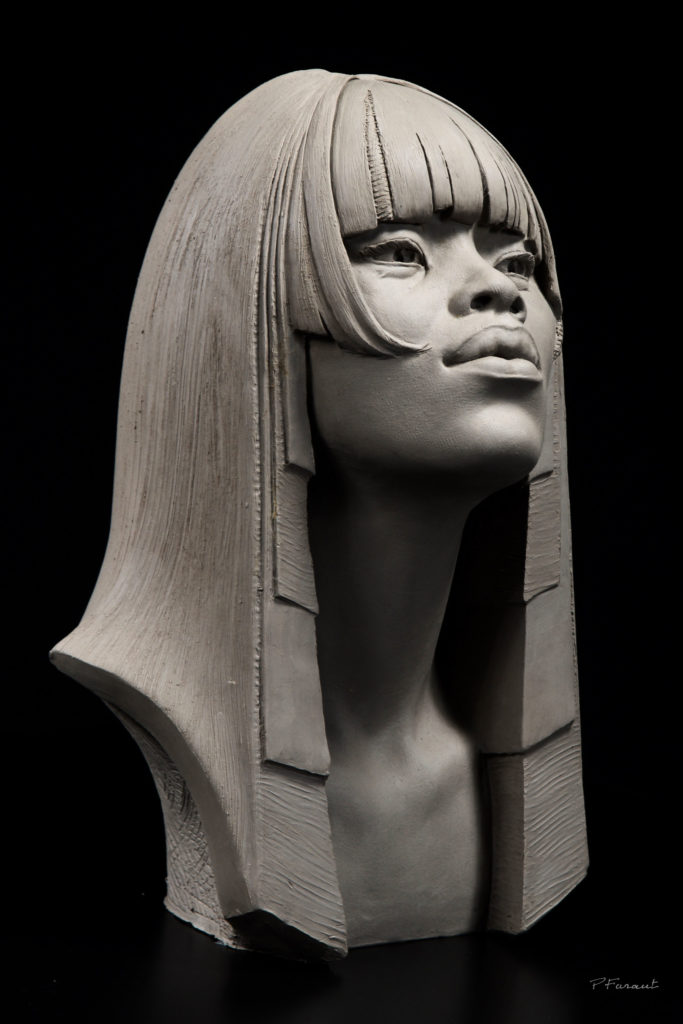
Lola 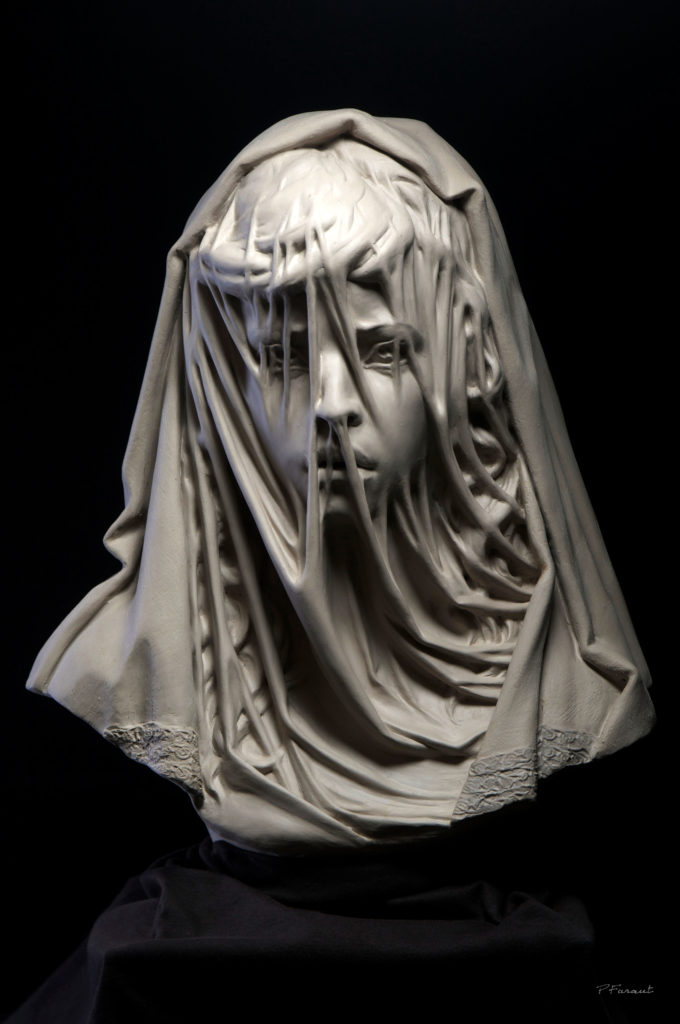
Child Bride 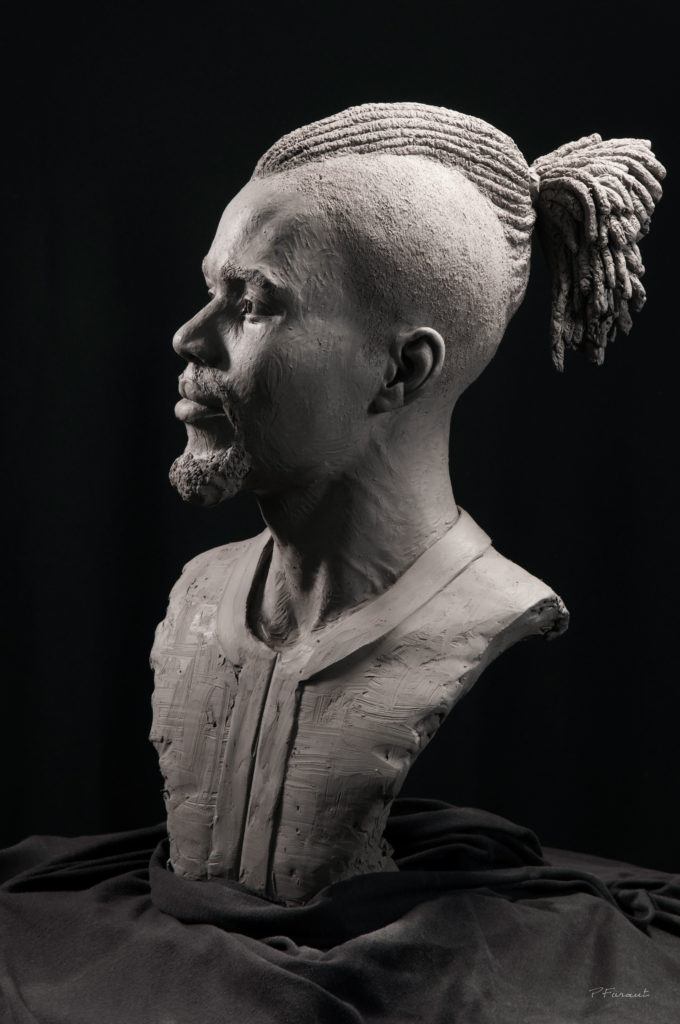
Second

Steampunk Rider
For many artists, portraiture is not interesting or even considered as art, but for me it is the ultimate challenge. Not only am I still passionate about modeling portraits, but I also feel more than ever the need to push my skills and strive to find the minuscule volumes that bring to life dead materials such as clay or stone.
4.Could you give us some insight into your creative process?
I love the process of sculpting. The feeling of satisfaction when I am successful is more important than the object, which more often than not, results in my not finishing and preserving my sculptures. When I commence a portrait, I am in a frenzy, as the block-in portion of the work is the most intense phase, requiring high concentration and a conscious effort of observation that is not a natural state but an acquired skill.
As it is the most critical portion of the work, I feel the need to complete this stage as fast and as painlessly as possible. If I am successful in obtaining the likeness in this early phase, I then feel a sense of relief, calm and peace. The remaining portions of the work, such as details of the features, expression, hair and ornaments, often feel so pleasant and peaceful that I like to make them last as long as possible, spending hours on subtlety of volumes and texture. Once the sculpting portion is achieved and the piece is photographed I mostly lose interest in it.
5.What are your future projects?
I am currently in the process of sculpting a collection of 100 portraits using models from as many different parts of the world as possible and photographing the clay in its raw stage. To date I have completed over 65.
Interview by Fabio Pariante, journalist / Twitter – Instagram
MORE
Philippe Faraut on social networks: Instagram – YouTube – Facebook
Philippe Faraut (France, 1964) is a sculptor from the French Alps and specializes in live portrait sculpting by studying at the Germain Sommeiller in Annecy in France, where he graduated in Design and Manufacture of Classical French Furniture and Wood Sculpture. The artist’s production focuses in particular on the human face, and in addition to wood, the material he uses is marble, clay, porcelain, bronze and limestone.
Together with his wife Charisse Scott, Faraut makes a series of videos and books that illustrate the sculptural techniques in relation to each material. Between teaching and sculpting, the artist lived for a long time in America, Virginia and New York State where he perfected his artistic techniques. Furthermore, thanks to his deep knowledge of facial anatomy, he collaborates with the Scientific Police to recreate the aging processes of the human face in 3D and to study expressiveness for theater and cinema. Philippe Faraut lives and works in New York.
